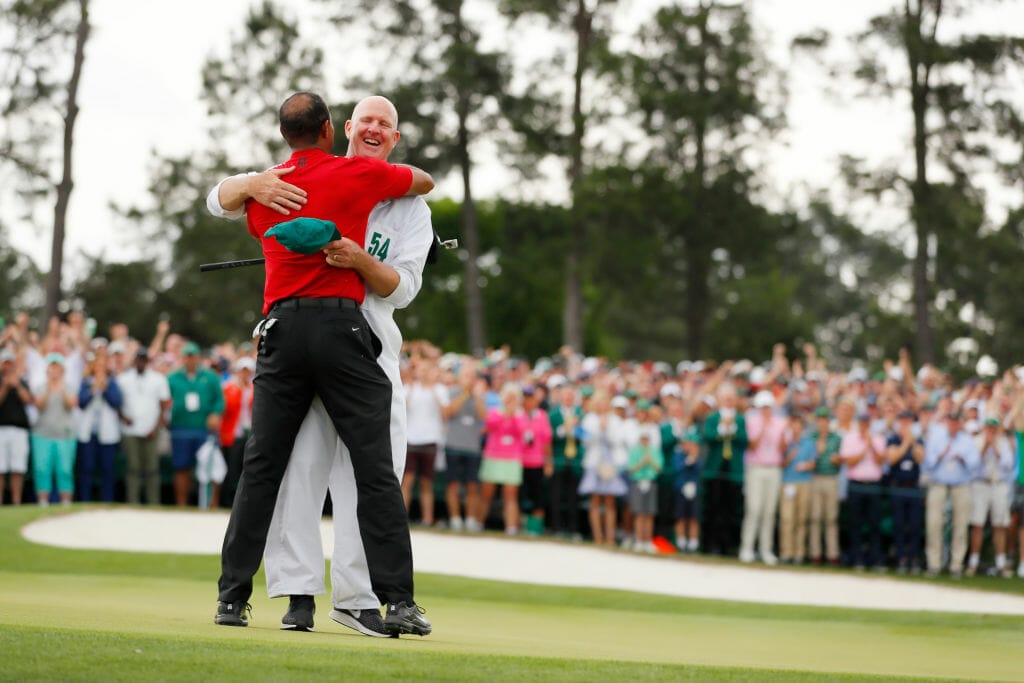As the 1970s drew to a close – a decade that had given us the Rumble in the Jungle and a trilogy of Ali v Frazier fights – and a slurring and trembling Muhammad Ali was painfully worked over by Larry Holmes, the boxing fraternity feared that its heyday had come and gone. And with good reason.
The heavyweight division – which had carried the sport from the days of Jack Dempsey, through Joe Louis, onto Sonny Liston, before Ali, Joe Frazier and George Foreman bore the weight in the ‘60s and ‘70s – was ailing. Ali’s demise, and the excruciating manner in which it transpired before the public’s eye, was seen by many as the end of boxing as it was once known. Never again would a champion be placed on such a high pedestal that the inevitable fall would incur so much collateral damage.
And then came the 1980s. Reeling backward, and seemingly going down, boxing itself rebounded off the ropes and delivered an incredible flurry, using every weapon at its disposal, and scored a unanimous decision with the public. Boxing was back, and it was better than ever.
The ‘70s was an incredible decade for boxing fans thanks in no small measure to Ali’s personality and charisma, and the eccentric eloquence and appearance of Don King, but the thing that made the 1980s boxing’s greatest decade was the sheer depth of talent across the weight classes and four fighters in particular bridged the gap from Ali to Tyson; Roberto “Hands of Stone” Duran, “Marvellous” Marvin Hagler, “Sugar” Ray Leonard, and Thomas “Hitman” Hearns.
Competing in the middleweight divisions, Duran, Hagler, Leonard and Hearns would battle it out for the entire decade, each boxer showcasing their own unique set of skills, in a series of bouts that are as compelling, as gruelling, and as controversial today as they were back then. There have been bigger fights, and maybe better fights – though not many – but nothing has come close to the enthralling sequence played out by these four in the squared circle.
As sports go, few are as contrasting as boxing and golf.
Boxing is one on one combat, confined in a 16 x 16 or 20 x 20-foot ring, and generally the warriors have somewhere between 20 and 36 minutes to inflict as much damage as physically possible to an opponent. Golf, on the other hand, generally sees one player competing against more than a hundred others, in acres of lush green and beautifully manicured landscapes, and the physical exertion extends to little more than a leisurely stroll for several hours.
That’s the beauty of sport, however. Where there is competition, there can be comparison drawn.
Much in the same way that Muhammad Ali revolutionised the boxing world, Tiger Woods transformed golf in the late ‘90s and early ‘00s. Without quite possessing Ali’s penchant for controversy courting or human rights activism, Woods nonetheless brought a charisma that hadn’t been seen on tour in generations.
For an entire decade, Woods dominated every golfing story, on and off the course. In many ways, he became bigger than the game itself, so much so that in the scandal era of late 2009, Woods featured on the cover of the New York Post for 20 consecutive editions. To put that in context, the September 11th World Trade Centre attacks only featured as the paper’s leading page for 19 days.
For a considerable while, it appeared that Woods may be leaving the fairways in the same manner that Ali left the ring – a broken shell of the goliath that he once was. Debilitating back pain had made Tiger excruciating to watch as the pain and agony that the man and the competitor were feeling was palpable. Like boxing in the late ‘70s, golf’s heyday appeared to be over.
But Tiger came back. And with him, the new breed of superstar looking for their shot at the title. In the past three years, we’ve had epic encounters between Mickelson and Stenson at Royal Troon, between Spieth and Kuchar at Royal Birkdale, between Koepka and Dustin Johnson at Shinnecock and at Bethpage, between Molinari, Woods and McIlroy at Carnoustie, and of course, between Woods and Koepka at Augusta and at Belrive.
At the moment, Tiger is still king, but he’s not undisputed. Golf has a lot more than four would-be kings, and they look set for some epic bouts over the next decade.
Could the ‘20s be to golf what the ‘80s were to boxing?
Here’s hoping…
























Leave a comment